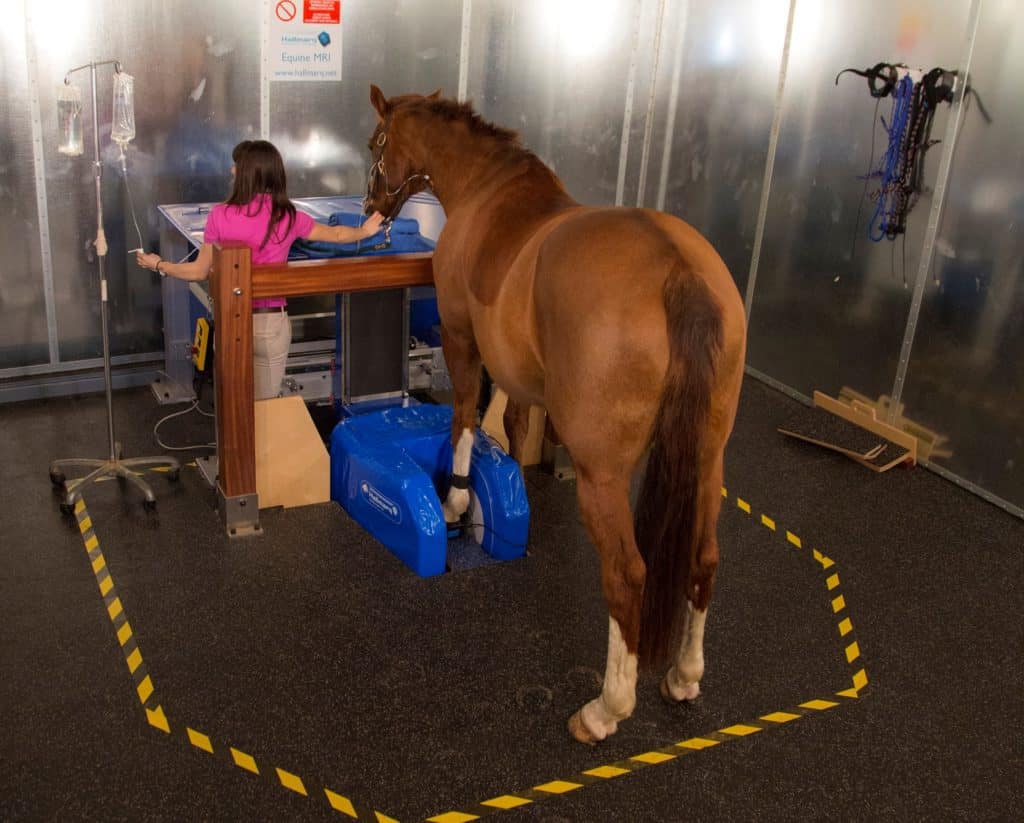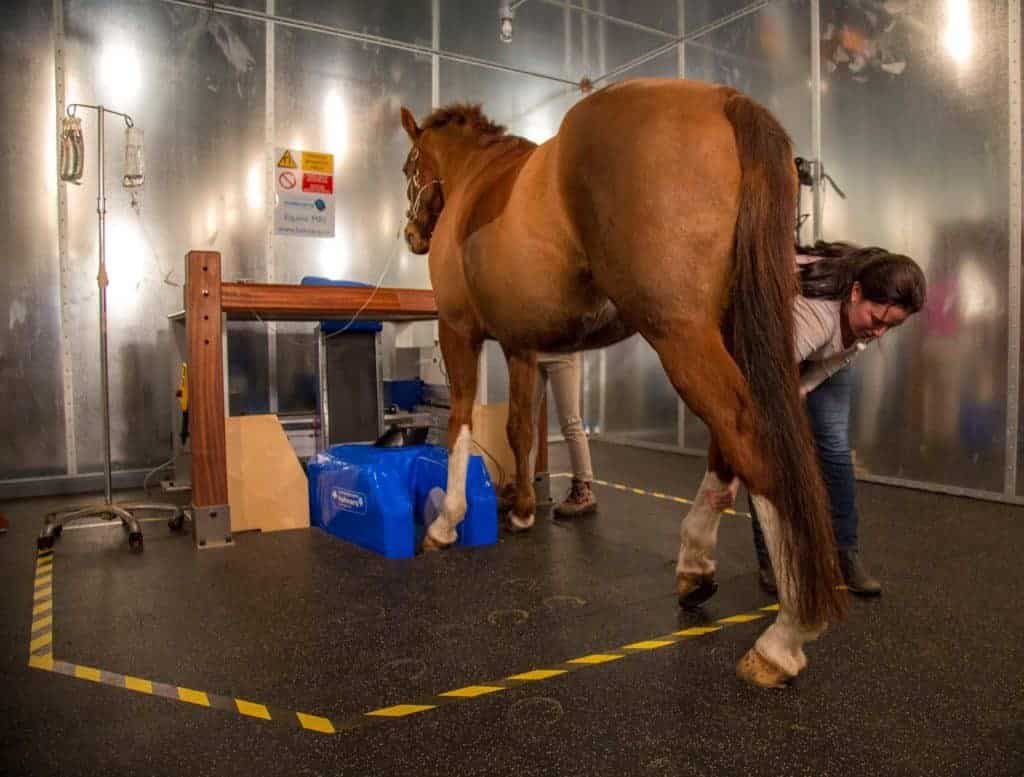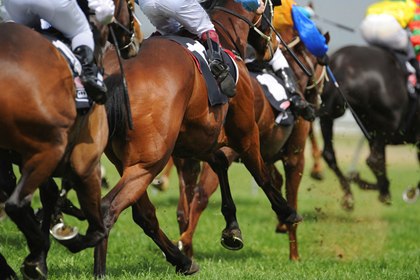Ruffian Equine Clinic Celebrates Successful First Year
Cornell Ruffian Equine Specialists, located next to Belmont Park, celebrated its first year in business on June 25.
Cornell Ruffian Equine Specialists, located next to Belmont Park, celebrated its first year in business on June 25.

Are CT, MRI, and X ray clear as mud? Learn about the appropriate uses for these imaging modalities and more.
The MRI unit adds to the school’s imaging modalities, including a CT, radiography, nuclear scintigraphy, and more.

Of the 375 respondents, 201 (54%) said the most recent imaging modality used on their horses was radiography.
The practice, located in Petaluma, California, also offers equine sports medicine and rehab services.

Take a behind-the-scenes look at the goings-on of a U.K. vet clinic and its differences from ones stateside.

Cornell Ruffian Equine Specialists hopes to use the state-of-the-art imaging system to help assess lameness.

For the most part, the adverse reactions were mild and self-limiting. But some serious ones did occur.
The Veterinary Diagnostic Lab is in-the-know on animal diseases, including equine ones, around the state and country.
Equine Guelph and Dr. Judith Koenig received a donation help to purchase a lameness evaluation device.

Ultrasound is a useful method for diagnosing carpal sheath effusion, which is often associated with soft tissue damage.

Researchers say MRI might be useful as a screening test to identify racehorses at increased risk of fetlock fracture.
Topics will include lower-limb lameness, ophthalmology, ambulatory practice, and poor performance.

Researchers found that horses’ blood differs from humans and dogs when they used thromboelastometry to assess clotting.

Using proper diagnostic technique and good quality radiographs is critical when diagnosing these fractures in foals.

Review the options vets have for looking inside horses’ bodies to see what’s causing a limp, swelling, or pain.
Stay on top of the most recent Horse Health news with
"*" indicates required fields